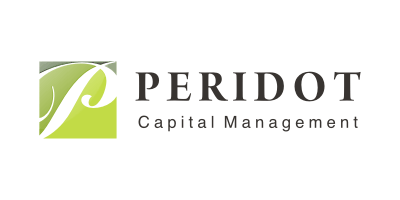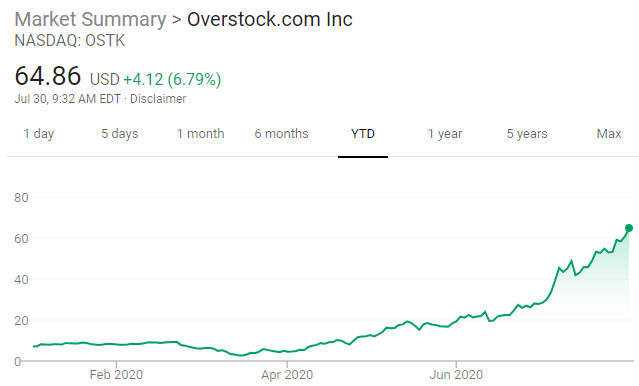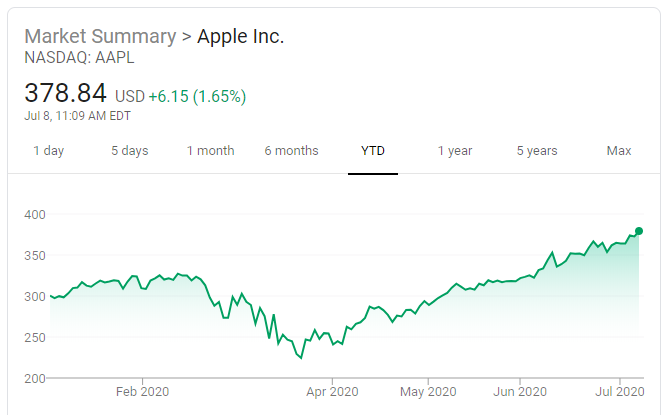Reader Question:
I am curious of your take on the benefits of shorting tiny amounts of TSLA at these levels (~$850). At +800B valuation there isn't almost any room to grow reasonably. The reward of shorting might not be very big, but neither appears to be the risk.
Many skilled short sellers often give the advice that shorting based solely on valuation is unwise. I suspect the reason is that while fundamentals do matter over the long term, in the near term, investor sentiment dictates stock movements more. The stock price action of Tesla over the last year shows this clear as day.
Accordingly, if you are early and nothing fundamentally negative occurs at TSLA for the next 6-12 months, then there is nothing stopping the stock from continuing to rise. While there are lots of positives that have already played out (S&P 500 addition, fortifying their balance sheet, etc), the list of negative catalysts is harder to pinpoint. It might be more of a lack of further positive news, which could halt the momentum, as opposed to negative news.
I think TSLA is a unique business situation, much like AMZN, in the sense that their founder and CEO is not going to constrain the company to just making cars and solar panels (just as Mr. Bezos didn’t stop at books and music). As long as that is the “story” bullish investors have at their disposal, you can almost justify any valuation, including the current near-$1 trillion level. And that is the potential problem with shorting it due to overvaluation. The bulls are not buying it because the valuation looks fair; they are buying it because they believe Elon will change the world, much like Amazon has.
Along those lines, the many comparisons of TSLA’s market cap with every other auto maker in the world (combined) are easily tossed aside as irrelevant. The same notion turned out to be right when comparing Amazon to Wal-Mart a decade ago. But what if every car company transforms their fleets to EVs over the next 20 years, won’t TSLA just be another car company? Perhaps, but what if they provide the batteries and software for the majority of the industry at that point? How much is that worth? I have no clue.
I am not trying to make the case that TSLA is a buy at current levels. I do find the valuation extreme for a manufacturing company. From 2012 through 2019 the stock fetched a year-end trailing price-to-sales ratio of anywhere between 2.5x and 9.0x. At year-end 2020 that metric was over 25x. Industrial businesses don’t earn profit margins high enough to justify that kind of valuation, but the bulls will tell me TSLA is really a software play and eventually will have the largest network of self-driving EVs on the planet. Do I have a strong conviction that they are all crazy? Not really. Amazon turned out to be a computer services company as much as a retailer, and might be adding logistics management and advertising to that list too.
I simply don’t know how we value that possibility with TSLA. Shorting Amazon on valuation has never worked in 25 years. While I am confident that Ford and GM won’t be software companies eventually, I can’t say the same for TSLA. Given this narrative and reality, it is hard to place a fair value price for the stock, and therefore, hard to know when to short and when to be long.
In your question, you state that there “isn’t almost any room to grow reasonably” from current levels. Given the above narrative, I am less confident. Can we really say with conviction that TSLA can’t double their market cap by 2028 (a 10% annual CAGR from here)? I can’t, just as I can’t say with conviction that the business is worth 5x or 10x sales instead of 25x. To your point, though, if you short a tiny amount, there is not a ton of risk. in doing so. I completely agree.
Is it going to be hard for TSLA to grow enough to justify the current valuation? Absolutely. Could the stock easily be $500 a year from now, making a short position today pay off nicely? Absolutely. But I think the more interesting question is “of all the stocks out there to be long or short, does shorting TSLA rise to make the top 10 or 20 highest conviction ideas you have with which to build a portfolio?” If so, then there is your answer. If not, then I would say why not take a pass and, as Mr. Buffett would say, put it in the too hard pile?
Another part of your question got me thinking. You wrote that “the rewards of shorting aren’t very big.” Given the unlimited loss potential of shorting stocks in general, it seems that a large potential gain could be considered a prerequisite for shorting anything, TSLA included. Something to think about, as I suspect some will agree and others won’t.
All in all, I think TSLA is emblematic of the current bull market in the tech space; one where future growth potential is valued highly and current valuations and corporate profits are not. As a contrarian, value-oriented investor, I am disheartened by that development (and I don’t think it will end well for many speculators), but we also don’t know if/when the tides will shift and by how much. Given that, I tend to think that taking a lot of pitches in the batter’s box is a fair approach, especially when there are so many easier investment options out there to take a swing at.
That said, if the equity market breaks down at some point this year, it is reasonable to think the momentum plays could lead on the downside, in which case TSLA could easily fall hundreds of dollars per share. There are arguments on both sides, for sure, so then it just comes down to how much conviction you have to ultimately decide it is worth betting on one of those potential outcomes with Tesla, versus other securities.





